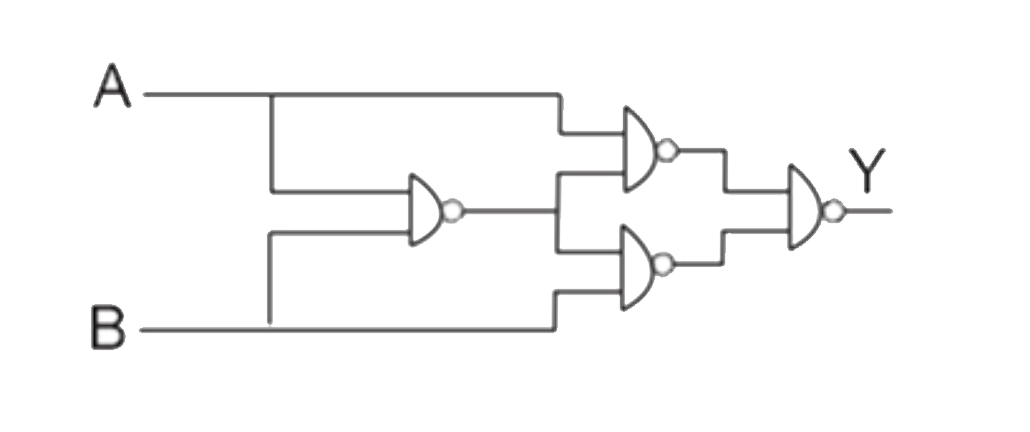Artificial selection to obtain cows yielding higher milk output represents
(a) Stabilizing selection as it stabilizes a character in the population.
(b) Directional selection as it pushes the mean of a character in one direction
(c) Disruptive selection as it splits the population into the one yielding higher output and the other lower output
(d) Stabilizing followed by disruptive selection as stabilizes the population to produce high yielding cows.
The correct Answer is:B
To answer the question "Artificial selection to obtain cows yielding higher milk output represents," we can analyze the concept of artificial selection and its relation to the types of natural selection. Here’s a step-by-step breakdown of the solution:
1. Understanding Artificial Selection:
- Artificial selection is a process where humans selectively breed organisms for specific traits. In this case, farmers breed cows that produce higher milk output.
Hint: Think about how humans influence the breeding process compared to natural selection.
2. Identifying the Trait:
- The desired trait in this scenario is "higher milk output," which is a phenotypic characteristic of the cows.
Hint: Consider what specific characteristic is being targeted for improvement in the cows.
3. Types of Selection:
- There are three main types of natural selection: directional, stabilizing, and disruptive selection.
- Directional Selection: Favors one extreme phenotype over others, leading to a shift in the population's traits in one direction.
- Stabilizing Selection: Favors the average phenotype and reduces variation, leading to a population that is more uniform.
- Disruptive Selection: Favors extreme phenotypes at both ends of the spectrum, potentially leading to two distinct groups within the population.
Hint: Recall the definitions of each type of selection and think about how they apply to the breeding of cows.
4. Analyzing the Example:
- In the case of cows yielding higher milk output, the selection process is favoring the extreme phenotype (high milk output) over others (lower milk output).
- This aligns with the definition of directional selection, where one extreme trait is favored.
Hint: Visualize the population before and after selection to see how the trait distribution changes.
5. Conclusion:
- Since artificial selection for higher milk output favors one extreme (high milk yield), it represents directional selection.
Hint: Reflect on how the breeding process changes the average trait in the population over time.
Final Answer:
Artificial selection to obtain cows yielding higher milk output represents directional selection.
- Artificial selection is a process where humans selectively breed organisms for specific traits. In this case, farmers breed cows that produce higher milk output.
- The desired trait in this scenario is "higher milk output," which is a phenotypic characteristic of the cows.
- There are three main types of natural selection: directional, stabilizing, and disruptive selection.
- Directional Selection: Favors one extreme phenotype over others, leading to a shift in the population's traits in one direction.
- Stabilizing Selection: Favors the average phenotype and reduces variation, leading to a population that is more uniform.
- Disruptive Selection: Favors extreme phenotypes at both ends of the spectrum, potentially leading to two distinct groups within the population.
- In the case of cows yielding higher milk output, the selection process is favoring the extreme phenotype (high milk output) over others (lower milk output).
- This aligns with the definition of directional selection, where one extreme trait is favored.
- Since artificial selection for higher milk output favors one extreme (high milk yield), it represents directional selection.
Artificial selection to obtain cows yielding higher milk output represents directional selection.
Topper's Solved these Questions
Similar Questions
Knowledge Check
The male gametophyte in higher plants is represented by
AmicrosporeBantherCpollen grainDmale gamete
What is artificial selection in terms of evolution? Name plant that has been produced as a result of artificial selection.
View SolutionWhat is artificial selection? Do you think it affects the process of natural selection? How
View Solution[A]: Artificial selection is done only in animal breeding.
[R]: Artificial selection is done in animal breeding only.
View SolutionAssertion : Artificial selection is highly beneficial for humans .
Reason:Artificial selection is carried out by man
View SolutionNatural Selection and Artificial Selection
View SolutionSelect the correct output Y

View SolutionHow many of the following are related to biotechnology ?
A. Development of pest - resistant crops by using RNA interference technique.
B. Development of mulch breed of cow.
C. Artificial selection in crops .
D. Production of human insulin by use of bacteria.
E. Developing a DNA vaccine.
F. Correction of a defective gene.
View Solution
